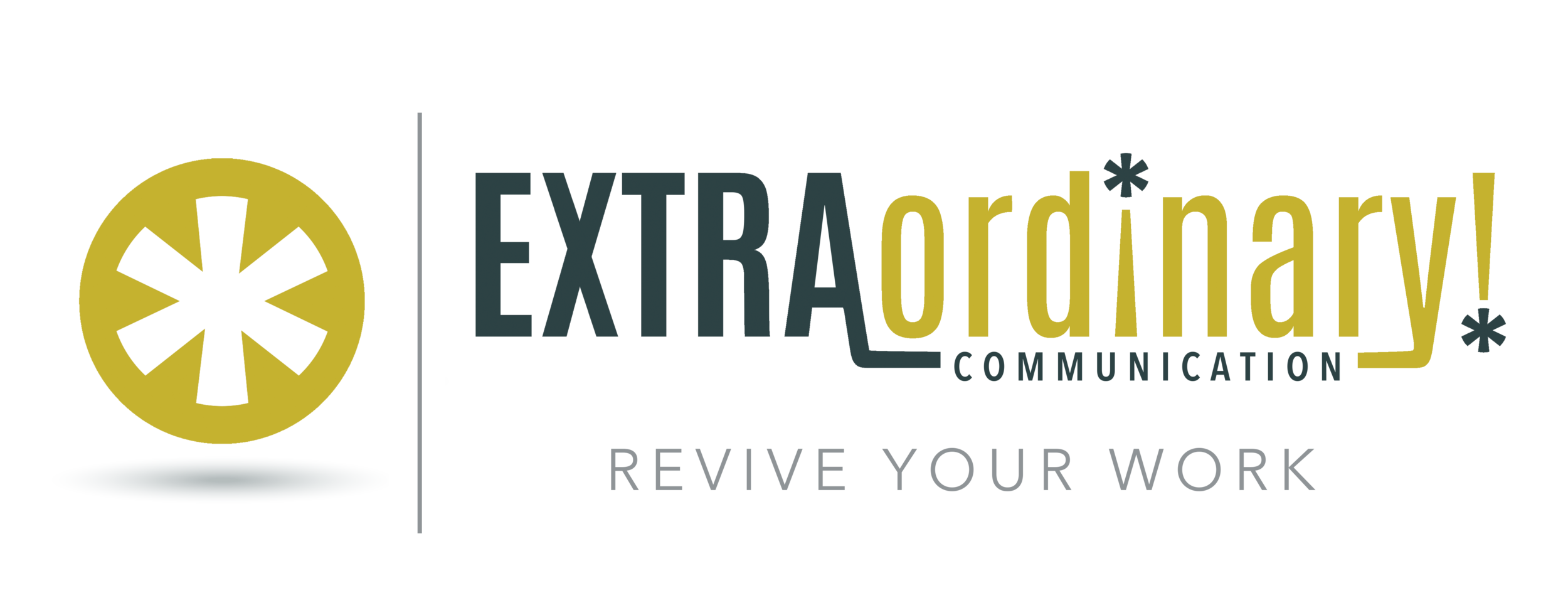E-couragement: 2 Myths That Kill Effective Communication
 “Lately I’ve found effective communication is more about what I don’t say and less about what I do say.” Rich Schlentz
It’s a reoccurring theme: I’m in a learning workshop with clients and ask, “Within your organization, what percentage of errors or internal challenges can be traced back to poor communication?” The answer provided typically sounds like, “85 – 95%.” Wow. It’s obvious that effective communication has a huge impact on successful outcomes and employee engagement. Yet two pervasive myths, which derail healthy communication, are alive and well within most companies today. Let’s expose them now.
“Lately I’ve found effective communication is more about what I don’t say and less about what I do say.” Rich Schlentz
It’s a reoccurring theme: I’m in a learning workshop with clients and ask, “Within your organization, what percentage of errors or internal challenges can be traced back to poor communication?” The answer provided typically sounds like, “85 – 95%.” Wow. It’s obvious that effective communication has a huge impact on successful outcomes and employee engagement. Yet two pervasive myths, which derail healthy communication, are alive and well within most companies today. Let’s expose them now.
Here are two myths impeding good communication within your organization:
- Email is a communication tool: Nope. Email was never intended to be used for communication. No more than a hammer was forged to dig holes or a shovel created to drive nails into a two-by-four. It’s an information tool. Errors, problems, and misunderstandings arise when people in your company (maybe you) attempt to use it as a communication tool. Email is useful to confirm appointments, propose agendas, summarize meetings, or praise someone for a job well done. Do not expect it to yield clear communication because it can’t (even if you write in all CAPS!!).
- Email is fast. Perhaps, if used correctly, it can be an expedient way to share pertinent information with one or more people. Attempt to use it for communication and you’ll journey into a black hole of uncertainty, errors, and unmet expectations. After a recent workshop to improve internal communication, Eric Peabody, store manager for Window World in Boston and Los Angeles wrote, “there’s nothing like a personal conversation. Not to mention, keeping it brief and to the point can be much more productive than a chain of emails.”
Let go of expecting email to do what it was never designed for. It’s an information tool. When communication is required, pick up the phone or meet face-to-face. You’ll get the results you’re after and strengthen relationships along the way.
Leave your comments: How is your company actively fostering effective communication?
